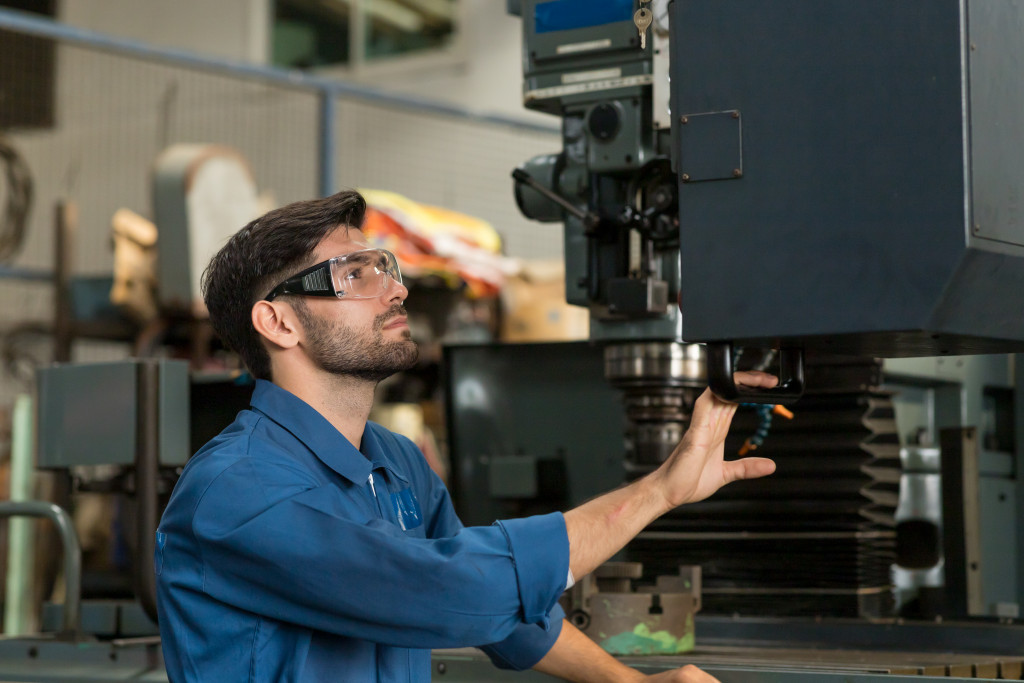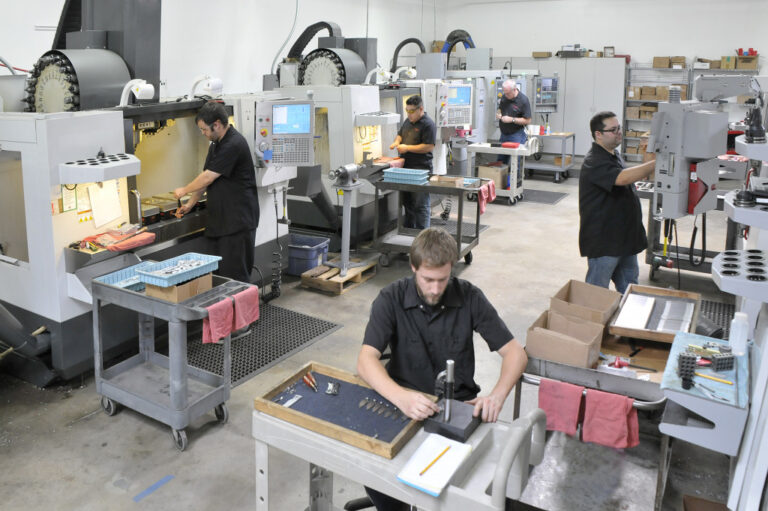Maintaining machinery and equipment is paramount for any business to succeed, as these tools enable industries to produce goods, provide services, and meet their customers’ needs. Companies must ensure their machines are well cared for and properly maintained to operate efficiently and reliably.
Data from a recent study shows that companies that regularly inspect and maintain their machines witness a 3-5% improvement in efficiency, leading to greater production output and higher quality standards. Additionally, maintenance can extend the life of devices by up to 50%, saving businesses thousands of dollars in replacement costs over the long term.
Moreover, regular maintenance procedures can help prevent unexpected breakdowns or accidents due to faulty equipment; this is significant because any downtime caused by these issues can lead to substantial losses in revenue, productivity, customer satisfaction, and reputation.
Maintenance does not just happen when a piece of equipment needs it. A routine must be made to ensure that all machines receive proper care. Here are the steps to consider to keep equipment functional and beneficial for businesses.
Routine Inspections
Regular inspections allow for the early detection of any underlying issues, ensuring that repairs can be done before they cause more severe damage and require costly replacements. This helps to reduce the likelihood of unexpected breakdowns or accidents due to faulty equipment, which can have severe financial consequences for companies.
Regular inspections also provide an opportunity to identify areas where tweaks in the maintenance routine can improve efficiency and productivity. For example, if a machine is inspected regularly and minor wear and tear are determined quickly, it may be possible to replace parts before they fail. This minimizes downtime and maximizes output, improving both quality and quantity. Additionally, regular inspections offer an opportunity to check components such as lubrication levels or ventilation systems which are critical for operations but are often overlooked during day-to-day management.
Moreover, routine inspections enable businesses to track changes in performance over time and plan for future maintenance requirements. By collecting data about their machines’ performance through multiple assessments, companies can detect trends that indicate when additional maintenance may be necessary. This helps them forecast future needs and financial commitments while ensuring that their machinery continues operating effectively over its lifespan.
Preventive Maintenance

Once inspection shows that all components are functioning correctly, preventive maintenance can be done to ensure that the equipment remains in peak condition. This helps extend the life of machines and reduces costs associated with breakdowns or unexpected repairs. Here are a few preventive maintenance strategies to consider:
Regular Cleaning
The build-up of dirt, dust, and other residues on machinery can significantly affect their performance. Regularly cleaning all surfaces can prevent build-up from causing any damage or hindering operation. Additionally, workers should take extra precautions when handling hazardous materials such as chemicals by wearing protective gear and taking safety measures to minimize environmental impact.
Part Replacements
Companies should routinely replace parts such as filters, fan belts, and bearings depending on the type of machinery. This helps ensure that all components are functioning correctly and helps to reduce the likelihood of breakdowns or accidents due to faulty equipment. In addition, replacing parts regularly can also extend the life of machines by up to 50%.
Machine Lubrication
Regular lubrication and machine calibration help ensure that all components remain appropriately adjusted for optimal performance. Additionally, it prevents any friction-related damage from occurring, which can significantly reduce the lifespan of a machine.
Proper Storage
Equipment should be stored in a suitable environment to prevent any damage and ensure that it is ready for use when needed. This includes avoiding excessive temperatures, dust, and moisture, storing machines on even surfaces, and taking careful measures when transporting tools.
Overall Equipment Effectiveness (OEE) solutions can help you identify gaps in your maintenance routines, track trends in machine performance, and maximize productivity. By automating the process of tracking data such as cycle times, uptime, and quality metrics, OEE solutions simplify the monitoring and analysis of operations while providing valuable insights that enable companies to improve their processes.
Emergency Maintenance Procedures

While preventive maintenance can help reduce the likelihood of unexpected breakdowns, companies must also have procedures in place to deal with emergencies. This involves having a plan of action to follow and resources readily available should an issue arise. Responsible personnel should be identified ahead of time to ensure that all maintenance tasks are handled quickly and efficiently.
Companies can further minimize disruption by creating relationships with trusted repair services or vendors who can assist in an emergency. Additionally, businesses should have a backup plan prepared to maintain operations if needed – this could include having access to spare parts or alternative equipment in case of a breakdown or accident.
Final Thoughts
Regular maintenance is essential for any business to ensure the longevity and productivity of its machines. By committing to a routine of inspections, preventive maintenance, and emergency procedures, companies can reduce costs associated with breakdowns or replacements while ensuring that all components are functioning correctly and up to quality standards. Ultimately, this will help businesses increase efficiency and output, leading to tremendous success in the long run.




